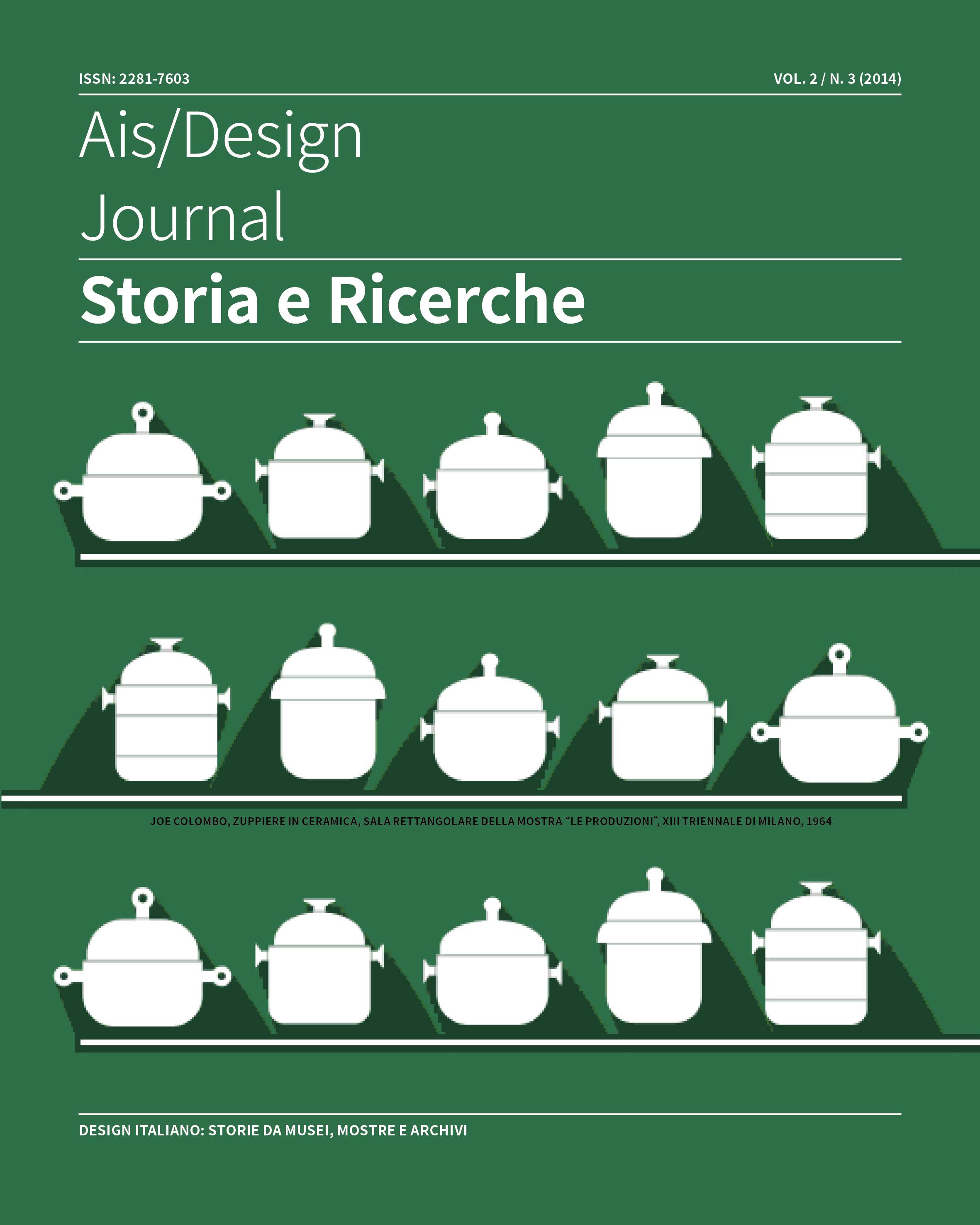Fashion and the Museum
The Exhibition “Are Clothes Modern?” and the Costume Institute
Abstract
The exhibition Are Clothes Modern? organized by Bernard Rudofsky in 1944 at The Museum of Modern Art approached fashion as a phenomenon in contrast to the principles of industrial design and architecture. It can be considered the first theoretical attempt to define fashion design as a discipline. In 1946 the Metropolitan Museum of Art began the process of creating the Costume Institute, which will become an official department in 1959. From its first exhibitions in the Forties up to the curatorial work of Diana Vreeland, Special Consultant from 1972 to 1989, this institution has always been the privileged place to define fashion through exhibiting. The comparison between Rudofsky’s project and the Costume Institute’s activities become the starting point for reflecting on the nature of a fashion exhibition and its theoretical foundations in relation to the museum.
Copyright (c) 2014 Gabriele Monti

This work is licensed under a Creative Commons Attribution-NonCommercial-NoDerivatives 4.0 International License.
Creative Commons NonCommercial-NoDerivates 4.0 international License (CC BY-NC-ND 4.0).


